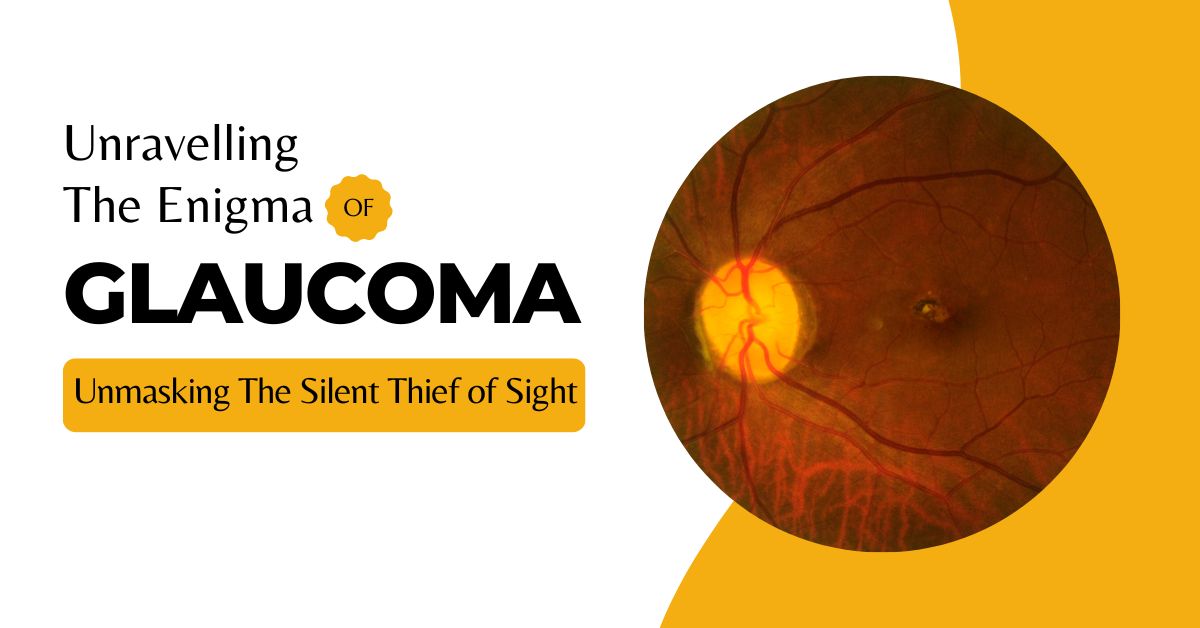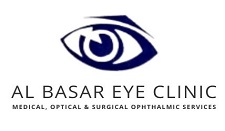
Behind the curtain of our eyes lies an enigmatic intruder, that can stealthily steal the gift of sight. It lurks undetected, wreaking havoc on millions of adults worldwide. Welcome to the world of glaucoma, where the battle for vision takes place in whispers and shadows.
Glaucoma is a prevalent eye disease that affects millions of adults worldwide. It is a progressive condition that can lead to vision loss or even blindness if left untreated. In this educative blog post, we will delve into the key aspects of glaucoma, including its causes, types, symptoms, diagnosis, and treatment options.
What is Glaucoma
Glaucoma is a group of eye diseases that damage the optic nerve, usually due to increased pressure inside the eye. The optic nerve is responsible for transmitting visual information to the brain. Over time, untreated glaucoma can result in PERMANENT VISION LOSS.

Types of Glaucoma
- Primary Open-Angle Glaucoma: This is the most common type of glaucoma. It occurs when the eye’s drainage canals gradually become less efficient, leading to increased intraocular pressure.
- Angle-Closure Glaucoma: In this type, the iris blocks the drainage angle of the eye, resulting in a sudden rise in intraocular pressure. Angle-closure glaucoma requires immediate medical attention.
- Normal-Tension Glaucoma: In this form of glaucoma, optic nerve damage occurs despite normal intraocular pressure levels. The exact cause is still unknown, but factors such as poor blood flow to the optic nerve may contribute to its development.
Symptoms of Glaucoma
Glaucoma is often referred to as the “silent thief of sight” as it typically progresses without noticeable symptoms in the early stages. However, as the condition advances, individuals may experience:
- Gradual loss of peripheral vision (tunnel vision)
- Blurred vision or halos around lights
- Severe eye pain or headache (in a less common variety of glaucoma – the angle closure type, or in secondary glaucomas associated with injury or inflammation in which the primary event is painful).
If you experience any of these symptoms, it is essential to consult an eye care professional promptly.
Diagnosing Glaucoma
Regular eye exams are crucial for early detection and diagnosis of glaucoma. Eye care professionals may perform various tests, including:
- Tonometry: Measures the intraocular pressure.
- Visual Field Test: Evaluates peripheral vision loss.
- Optic Nerve Examination: Assesses the health of the optic nerve.
- Optical Coherence Tomography (OCT): Produces high-resolution images of the optic nerve and retina.

Treatment Options
While there is currently no cure for glaucoma, early detection and treatment can significantly slow down its progression and preserve vision. Treatment options may include:
- Eye Drops: Medications to lower intraocular pressure.
- Oral Medications: Used in certain cases to reduce intraocular pressure.
- Laser Therapy: Different laser procedures can improve the drainage of fluid in the eye or decrease its production.
- Surgery: In severe cases, surgical interventions may be necessary to enhance fluid drainage and reduce intraocular pressure.
- Your Ophthalmologist will advice on the best way forward for your management. Different modalities suit different patients.
Preventive Measures
To minimize the risk of developing glaucoma or to prevent its progression, consider the following:

- Regular Eye Exams: Schedule comprehensive eye exams every 6 months or at least once a year.
- Know Your Family History: Be aware of any family history of glaucoma, as it can increase your risk.
- Maintain Healthy Lifestyle Habits: Engage in regular exercise, eat a balanced diet rich in antioxidants, and avoid smoking.
- Protect Your Eyes: Wear protective eyewear when participating in activities that could cause eye injury or increase intraocular pressure.
Conclusion
Glaucoma is a serious eye condition that requires timely detection and appropriate treatment. By understanding the causes, types, symptoms, diagnosis, and available treatment options, we hope to increase awareness and understanding of this condition and also to empower individuals to take proactive measures in preserving their eye health.
